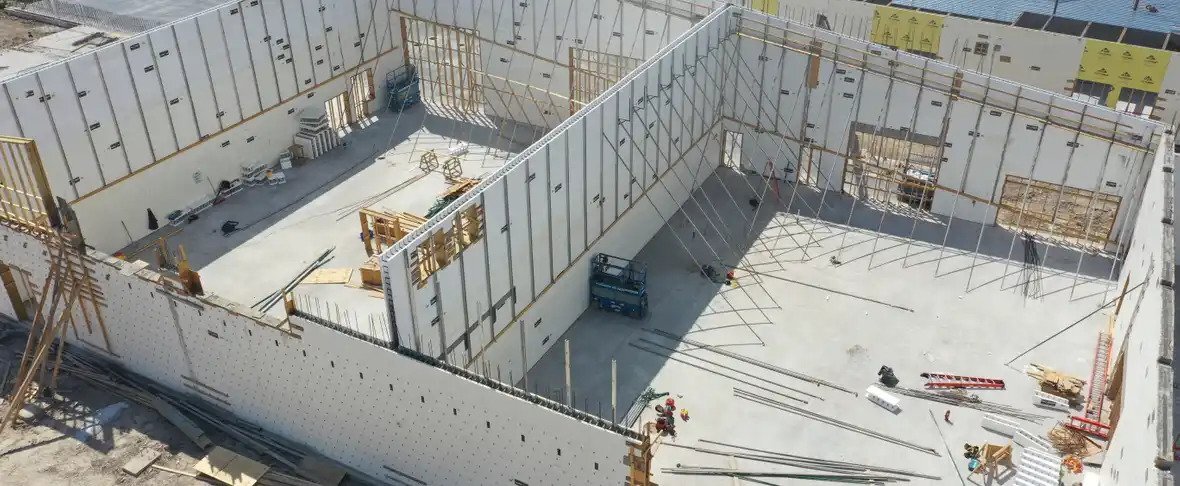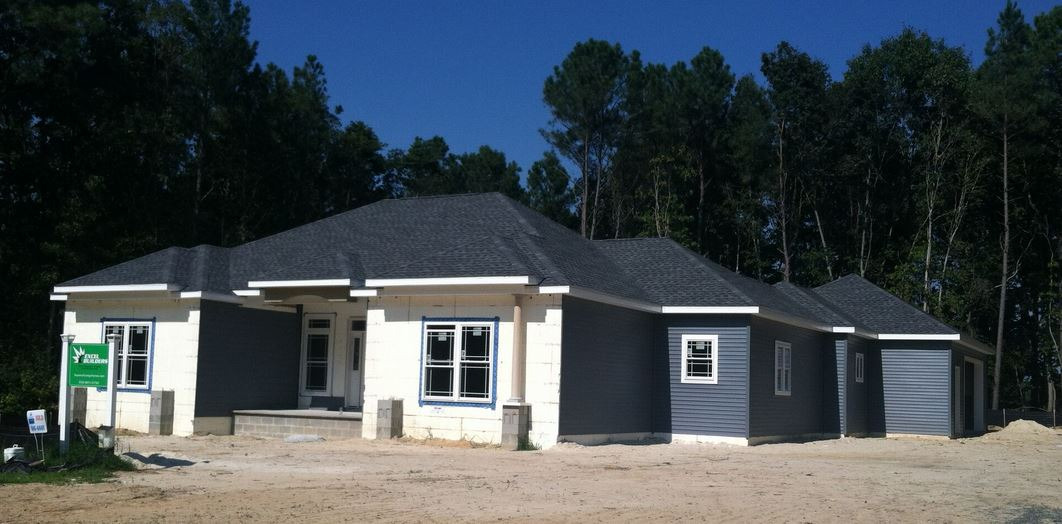
Building a Year-Round, Energy-Efficient and Durable Cabin with Fox Blocks ICF
Cabins and cottages often start as a second home or weekend retreat. ICF construction ensures year-round use of the cabin.

What Climates Does ICF Work Best In?
What Is An Energy Audit?
The term “energy audit” can seem daunting. But in reality, it’s nothing to be afraid of, and in fact, is designed to be beneficial to you.

The Integrated Design Process (IDP) and Insulated Concrete Forms (ICFs)

Benefits of Building an Energy-Efficient Home in Florida

6 Tips for Designing a Minimalist House Exterior
Minimalist architecture materials and design always aim for functionality. Fox Blocks presents six suggestions on materials for designing a minimalist house exterior.
Why is the concrete limited to a placement height or lifts of 4 feet (1.2 m)?
To alleviate the pressure from the liquid concrete, the concrete is placed in layers or ‘lifts’. The first lift is limited to 4′ (1.2 m) of concrete around the perimeter of the building. This allows approximately one hour for the concrete to set-up before continuing with the next 4′ (1.2 m) lift. The lower lift provides support for the next lift as the concrete is placed continuously around the building in consecutive lifts to the top of the wall.
Terms and Conditions
Does expanded polystyrene (EPS) present a serious fire hazard?
The EPS in an Fox Blocks has a flame retardant that allows the forms to be flame resistant. The EPS will melt when exposed to sustained temperatures over 300°F (149°C). The ignition point of the melted styrene is 600°F (315°C) (wood is approximately 500°F (260°C). Fox Blocks have been tested to meet the building code requirements for flame spread and smoke development, plus Fox Blocks may be used as fire resistant rated wall assemblies in schools and hospitals.
How do I apply traditional stucco to an ICF?
Traditional stucco has a thick cementitious base, typically installed over a metal lath. The metal lath is fastened directly to the Fox Blocks webs with screw or staples.